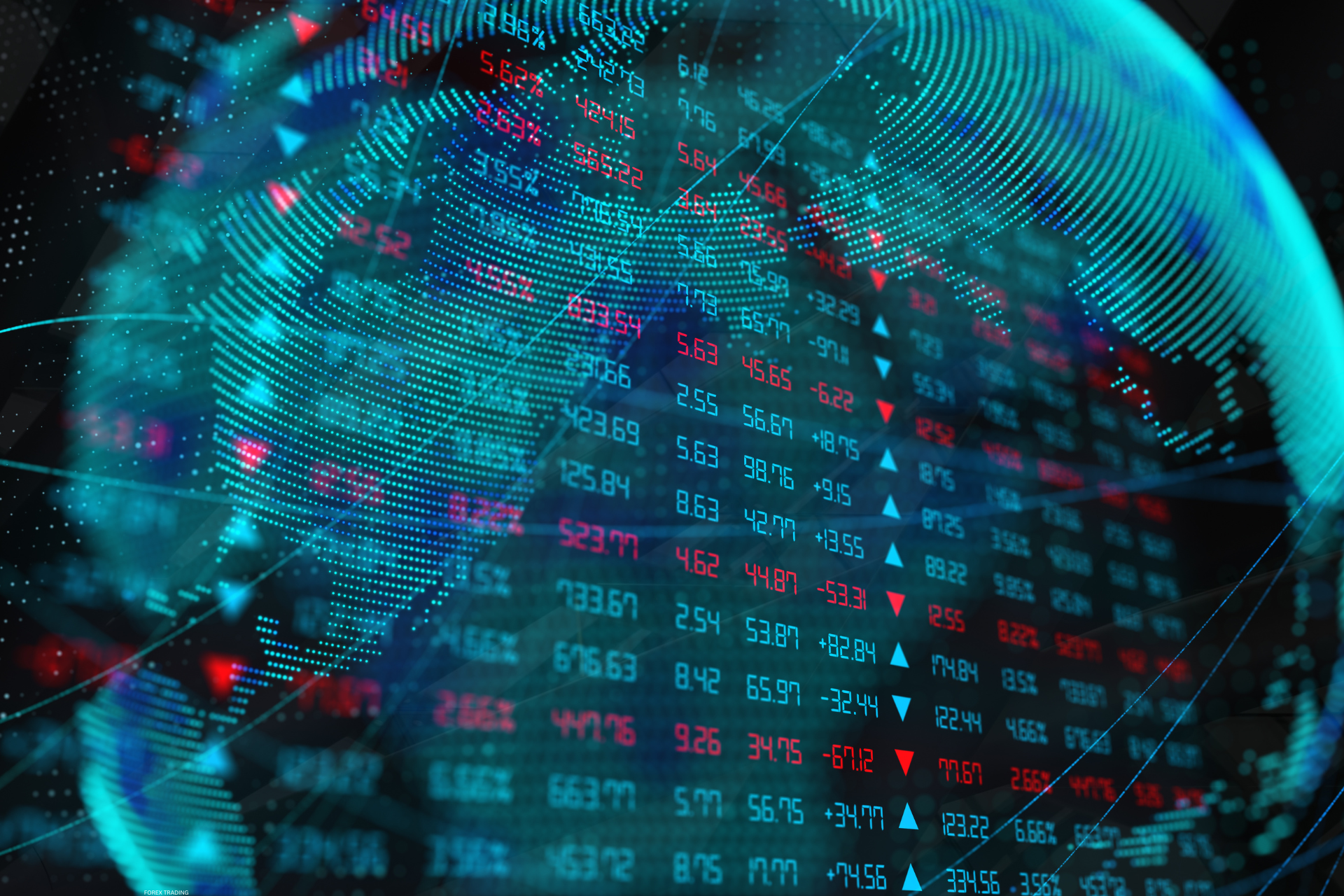What is the Spot Exchange Rate in Forex?
In Forex trading, the spot exchange rate is crucial— it’s the current price at which one currency can be exchanged for another. This rate plays a key role for traders, businesses, and investors who rely on real-time currency values to make decisions.
Whether you’re trading currencies, managing cross-border transactions, or investing globally, understanding the spot exchange rate is essential. In this blog, we’ll explain what the spot rate is, how it’s determined, and the factors that influence it, helping you make smarter decisions in the dynamic Forex market.
Understanding the Spot Exchange Rate
The spot exchange rate is the current rate at which traders can buy or sell a currency pair immediately, or “on the spot.” Unlike forward contracts or other derivatives, where traders settle exchanges at a later date, the spot rate reflects the real-time rate at which currencies exchange and typically settles within two business days.
For example, if you’re in the U.S. and want to buy euros (EUR) with U.S. dollars (USD), the spot exchange rate will tell you how many dollars you’ll need to pay for one euro today.
Typically, this transaction is settled within two business days from the trade date, a practice known as T+2 settlement.
For certain currency pairs, such as USD/CAD or USD/TRY, the settlement can occur one business day later (T+1), and for others like the Chinese yuan and Russian ruble, it may even settle on the same day (T+0)
In a Forex transaction, they are presented with two rates:
- Bid Price: The price at which a trader can sell a currency.
- Ask Price: The price at which a trader can buy a currency.
Here, the difference between the bid and ask prices is known as the spread, representing the broker’s profit for facilitating the trade.
How To Determine the Spot Exchange Rate?
The spot exchange rate is highly sensitive to fluctuations in supply and demand, with various economic, political, and market-based factors influencing its value.
1. Economic Indicators: Reports such as Gross Domestic Product (GDP), employment figures, and inflation rates can strengthen or weaken a currency, impacting the spot rate. Strong economic growth typically boosts a currency’s value, whereas weaker indicators may lead to depreciation.
2. Interest Rates: Higher interest rates make a currency more attractive, as they offer better returns on investments denominated in that currency. Conversely, lower rates can decrease demand, causing the currency to lose value.
3. Political Stability: Countries with stable political environments tend to attract foreign investment, which supports a stronger currency value. Instability, on the other hand, often weakens a currency as investors shy away from potential risks.
4. Market Sentiment: Trader perception and reactions to events such as economic reports or geopolitical developments also drive demand and supply, influencing exchange rates. Positive sentiment can lead to a higher exchange rate, while negative news can reduce demand for a currency.
The Role of Spot Exchange Rates in Forex Trading
The spot exchange rate is critical for Forex trading, as it allows for real-time currency exchanges. Traders monitor spot rates to assess opportunities, reacting to market changes to make quick decisions.
Due to the high liquidity of the Forex market, traders exchange trillions of dollars daily, with the spot rate serving as a baseline for many transactions.
Beyond Forex trading, the spot rate impacts various sectors:
1. Trade and Investment: Businesses engaged in international trade rely on the spot rate to accurately price goods and services in foreign currencies, avoiding the complexities of predicting future rate changes.
2. Hedging: Companies and investors utilize spot rates to hedge against currency risks, ensuring stability in cross-border transactions.
3. Speculation: Forex traders use spot exchange rates to speculate on short-term price changes, aiming to profit from quick movements in currency pairs.
Spot Exchange Rate vs. Forward Exchange Rate
A key distinction in Forex trading is the difference between spot and forward exchange rates. While the spot exchange rate reflects the current market price for immediate settlement, the forward exchange rate applies to transactions agreed upon today but settled at a future date.
Forward contracts allow traders and businesses to hedge against anticipated fluctuations in currency value, reducing the uncertainty of future exchange rates.
For example, if a company expects to make a significant foreign payment in six months, it may enter a forward contract to lock in a favorable exchange rate now, shielding itself from adverse currency movements over time. Spot rates, however, are ideal for immediate transactions, providing a real-time snapshot of market values.
Example of Spot Exchange Rate Calculation
To understand how the spot rate works in practice, let’s take an example. Suppose the current spot exchange rate between the US dollar (USD) and the euro (EUR) is 1 USD = 0.86 EUR.
Spot Exchange Rate = Price of Foreign Currency / Price of Domestic Currency
0.86 EUR / 1 USD = 0.86
In this example, one US dollar can be exchanged for 0.86 euros. Similarly, if the trader anticipates that the EUR/USD pair will increase, they may buy euros at this rate to sell later at a higher price, aiming to make a profit.
READ MORE:
10 Essential Factors That Drive Forex Rates – A Guide for Smart Traders
What Are Pips in Forex? Learn How to Calculate and Use Them Effectively
Rollovers Explained: How Overnight Interest Affects Your Forex Trades
Conclusion
The spot exchange rate is a foundational concept in the Forex market, enabling immediate currency transactions based on real-time pricing. Understanding how the spot exchange rate works, along with the factors that influence it, equips Forex traders, investors, and international businesses to make well-informed decisions.
For traders looking to capitalize on these insights, leveraging tools like ForexHero can provide a competitive edge. ForexHero combines algorithmic trading and advanced AI trading bot technology to help traders navigate the complexities of the market with precision and efficiency.
Disclaimer
Any information provided in this article is not intended to be a substitute for professional advice from a financial advisor, accountant, or attorney. You should always seek the advice of a professional before making any financial decisions. You should evaluate your investment objectives, risk tolerance, and financial situation before making any investment decisions. Please be aware that investing involves risk, and you should always do your own research before making any investment decisions.

